Shopify
<!–
–>
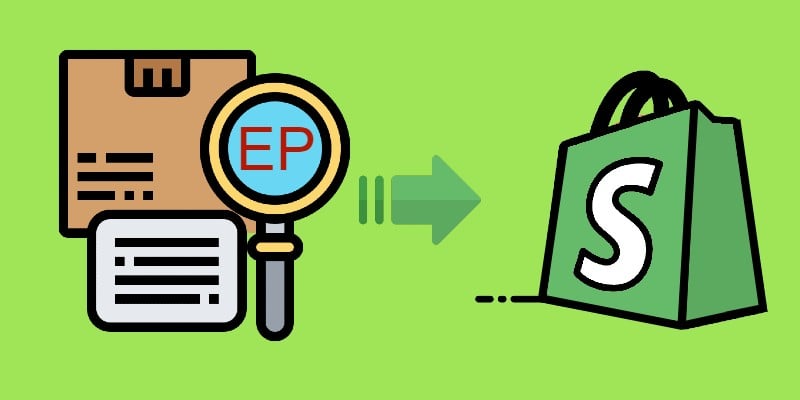
Received a mystery package labeled Shopify-EP and have no clue what it is or where it came from? You’re not alone. Every day, shoppers take to TikTok and Reddit, asking “What is Shopify-EP?” and “Why did I get a package I didn’t order?”.
With minimal sender info and vague tracking, Shopify-EP packages have become one of e-commerce’s most confusing phenomena. But don’t worry — in most cases, it’s not a scam. Shopify-EP is simply a logistics label used by Shopify-powered stores to ship orders through global fulfillment partners.
In this guide, we’ll break down the Shopify-EP meaning, how to track your package, what to do if you didn’t order anything, and how to identify potential scams. Whether you’re trying to decode a tracking number or wondering if that strange item in your mailbox is legit, this article has you covered.

Table of contents
- What Is Shopify-EP and What Does It Stand For?
- Why Did You Receive a Package from Shopify-EP?
- Shopify-EP Tracking: How to Track Your Package
- Common Issues with Shopify-EP Packages
- When Is Shopify-EP a Scam?
- How to Contact the Seller, Get Help for Shopify-EP Packages, and Address Common Concerns
- Shopify-EP in Popular Culture and TikTok Trends
- Final Words: Should You Worry About Shopify-EP?
- Frequently Asked Questions About Shopify-EP
What Is Shopify-EP and What Does It Stand For?
If you’ve received a package labeled Shopify-EP and have no idea what it means, you’re not alone. So, what is Shopify-EP exactly?
Shopify-EP stands for Shopify ePacket, a label often used in Shopify’s global logistics network to identify packages shipped through its extended partner ecosystem. In simple terms, it’s a shipping designation applied to packages fulfilled by third-party merchants selling via the Shopify platform. The “EP” is not officially defined by Shopify, but it’s commonly understood to refer to ePacket, a cost-effective international shipping service, or Enhanced Processing through logistics providers.
Here’s what that means for you as a customer:
- You’ve likely placed an order on a Shopify-powered store, and the merchant has shipped it using Shopify’s fulfillment partners.
- Shopify-EP appears on the shipping label when merchants use third-party logistics services integrated into Shopify’s backend.
- In many cases, these packages are shipped from international suppliers (especially in dropshipping), making use of global routes to deliver goods efficiently.
So, when people ask about the Shopify-EP meaning, it simply refers to a backend logistics label used during the shipping process — not a brand or store name. That’s why it can be confusing when the return address doesn’t match any store you recognize.
If you’re wondering “what is shopify-ep tracking” or how to trace your package, don’t worry — we’ll cover that in the next section.
Why Did You Receive a Package from Shopify-EP?
If a mystery package arrives with a Shopify-EP tracking number and you don’t recall placing an order, you’re probably wondering what’s going on. The good news? Most cases are perfectly legitimate — though a few rare ones may require caution.
Here are the 5 most common reasons you’ve received a package from Shopify-EP:
1. You Recently Purchased from a Shopify Store
The most straightforward explanation: you made an online purchase from a store built on Shopify. When merchants use Shopify’s logistics network or fulfillment partners, the package may be labeled with a Shopify-EP tracking number. This doesn’t reflect the store’s name — just the backend logistics designation.
2. It’s a Gift or a Surprise Order
Someone may have ordered a gift on your behalf — a friend, family member, or even a company sending promotional merchandise. Since many stores don’t display their name on the shipping label, the package may show up as coming from “Shopify-EP,” adding to the confusion.
3. A Delayed or Forgotten Pre-Order
Did you place a pre-order weeks or months ago? Or maybe order something that was on backorder? In such cases, once the item is ready for shipment, a new Shopify-EP tracking code is created. Many people simply forget they ordered something — especially during sales or holidays.
4. A Subscription or Recurring Purchase
If you’ve subscribed to a product — like pet food, skincare, or supplements — from a Shopify store, each new delivery might generate a new Shopify-EP label. These recurring orders can sometimes catch people off guard if they’ve forgotten about the subscription.
5. There’s Been an Error or Scam
While most Shopify-EP packages are legitimate, there’s a slim chance you’ve received one due to:
- A shipping mistake (e.g., wrong address, mixed-up orders),
- A fraudulent order using your details,
- Or a brushing scam (where sellers send unsolicited packages to fake order activity).
If you suspect a scam or can’t trace the package back to any purchase, it’s best to:
- Check your recent bank or PayPal transactions,
- Review your Shopify account order history (if applicable),
- Contact Shopify support or the shipping carrier for more information.
We will return to the scam scenario below. Now, let’s see how to track a Shopify-EP package if it is legitimate.
Shopify-EP Tracking: How to Track Your Package
If you’ve received a Shopify-EP tracking number, the next step is figuring out where your package is and when it’ll arrive. While the label “Shopify-EP” may seem vague, tracking your package is usually straightforward — once you know where to look.
Here’s a simple step-by-step guide to help you track a Shopify-EP package:
Step 1: Locate the Tracking Number
You’ll typically receive a Shopify-EP tracking number via:
- The order confirmation email from the store,
- A shipping notification email,
- A Shopify Shop app notification (if you use it),
- Or on the actual shipping label if the package has already arrived.
These tracking numbers may look similar to USPS, UPS, or international formats depending on the carrier used.
Step 2: Identify the Shipping Carrier
Shopify-EP doesn’t refer to a specific carrier — it’s a logistics label used within Shopify’s fulfillment network. Your package may be handled by:
- USPS (United States Postal Service)
- UPS (United Parcel Service)
- DHL
- Canada Post
- Royal Mail
- Or international carriers like Yanwen, Cainiao, or 4PX (common in dropshipping)
The tracking number’s format can help identify the courier. For example:
- USPS: 9400xxxxxxxxxxxxxxx
- UPS: 1Zxxxxxxxxxxxxxxx
- DHL: Starts with “JD” or “GM”
- Yanwen/Cainiao: Typically alphanumeric with “Y” or “L” prefixes
Step 3: Track the Package Online
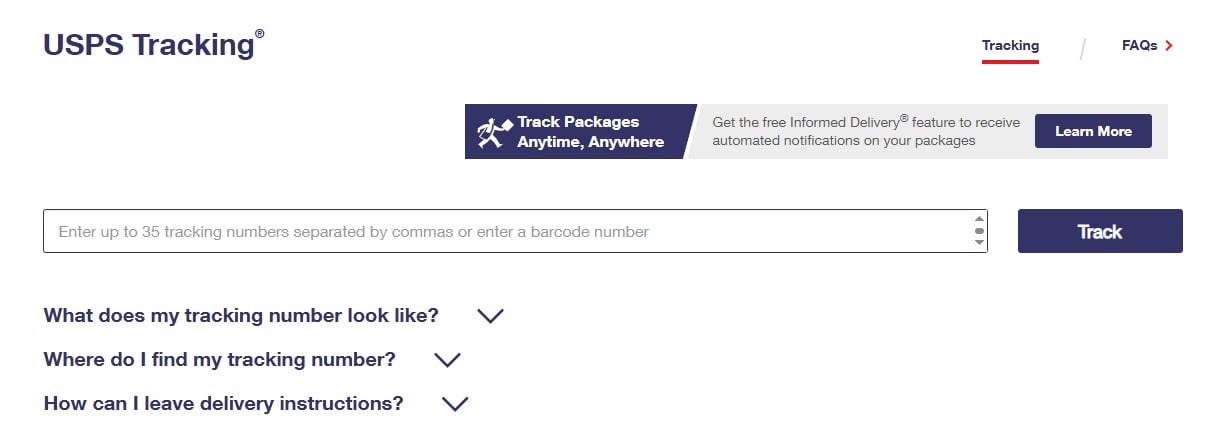
Once you know the carrier, enter the tracking number on their official tracking page:
- USPS Tracking
- UPS Tracking
- DHL Tracking
- 17TRACK (for global orders)
If you’re unsure about the carrier, 17TRACK is a great catch-all tool that can auto-detect the logistics provider and give real-time tracking updates.
Step 4: Follow the Updates
Once tracked, you’ll be able to:
- See the current package location,
- Get the estimated delivery date,
- And monitor delays, customs holds, or failed delivery attempts.
Common Issues with Shopify-EP Packages
Receiving a package labeled Shopify-EP can be confusing — especially when the tracking info is vague or the package seems completely unexpected. Over the past year, social media platforms like TikTok and Reddit have seen a surge in posts from users asking, “What is Shopify-EP and why did I get this package?”
Here are the most common issues people report with Shopify-EP packages — and what you can do about them:
1. No Sender Information
One of the biggest complaints is that Shopify-EP labels often omit the sender’s name. Instead of a recognizable brand, the shipping label simply shows “Shopify-EP” or a third-party fulfillment center address.
This happens because many Shopify merchants use global or third-party logistics (3PL) services. The result? Packages arrive without clear branding, making it hard to connect them to a specific order — especially if it was placed weeks earlier.
Tip: Try searching your inbox for keywords from the product or tracking number. If you use the Shop app, it may help identify the originating store.
2. Broken or Unresponsive Tracking Links
Another frequent issue involves tracking links that don’t work or lead to empty pages. Sometimes, the provided tracking number isn’t updated by the carrier for 24–72 hours, especially if the order is still in processing or en route from an overseas warehouse.
Other times, the tracking number is invalid altogether — which may indicate either a shipping error or, in rare cases, a scam.
What to do:
- Use 17TRACK to cross-check the tracking number across multiple carriers.
- Contact the merchant or check your account’s order history for a more accurate tracking page.
3. Unwanted or Unordered Items
There’s been a wave of social media content (we will return to it below) showing people receiving items they never ordered, like phone cases, socks, or low-value trinkets — all shipped via Shopify-EP. This has led to speculation about scams or “brushing.”
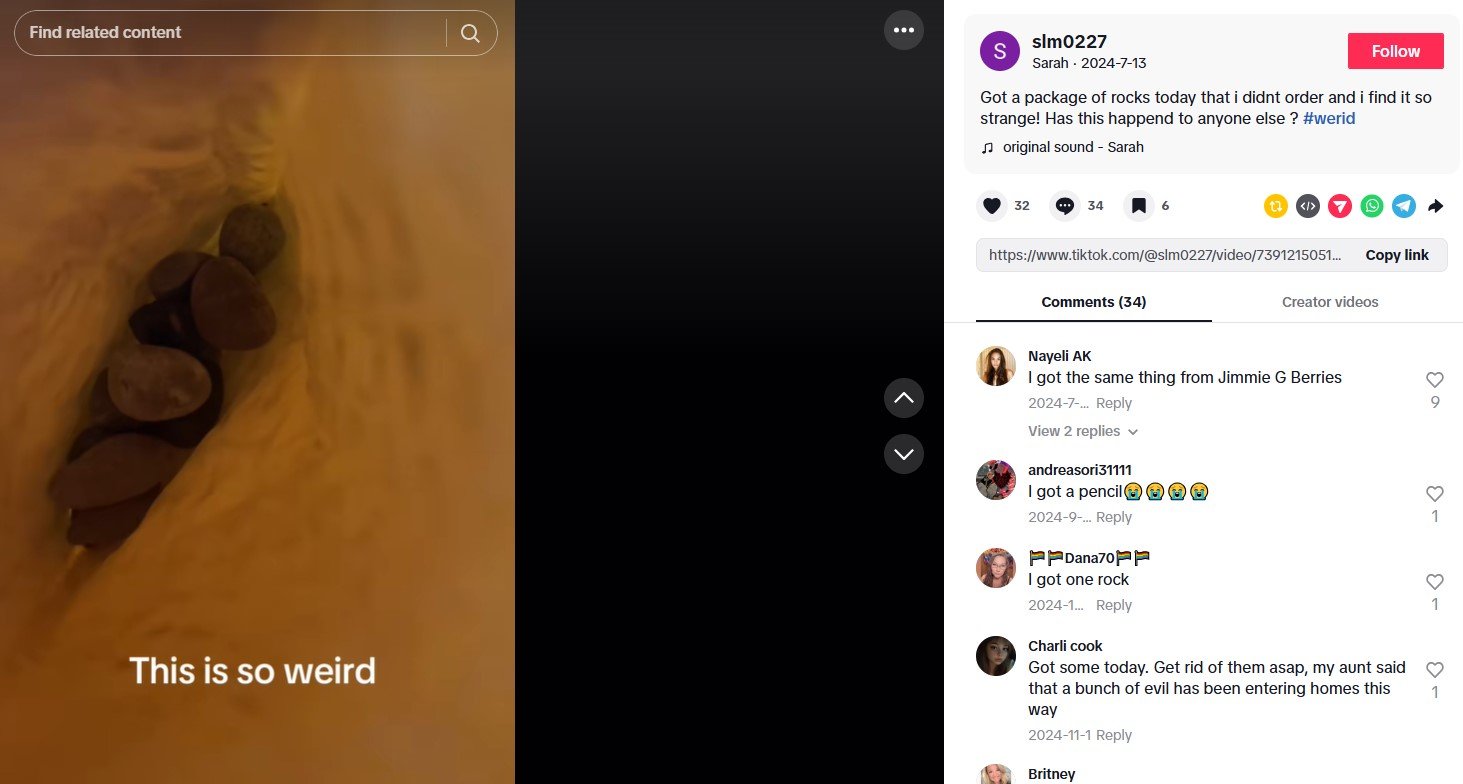
Brushing is a scheme where sellers send inexpensive products to random addresses in order to fake real orders and boost store credibility or review ratings.
If this sounds familiar:
- Check your bank account to ensure there were no unauthorized purchases.
- Report the package to Shopify support or your local postal service.
- Do not scan any QR codes or enter any information related to the package if you’re unsure of its origin.
In most cases, Shopify-EP simply means a package fulfilled via Shopify’s shipping network, often using third-party logistics partners. While frustrating, it’s usually not dangerous — just poorly branded and sometimes poorly tracked. But when should you be concerned? Let’s explore cases when Shopify-EP may be a scam.
When Is Shopify-EP a Scam?
There’s been a lot of online chatter — especially on TikTok, Reddit, and YouTube — about packages arriving with Shopify-EP labels. Some users have jumped to conclusions, assuming that Shopify-EP is a scam. So, let’s clear things up:
Shopify-EP is not a scam. It’s a logistics label, not a company or seller. It simply indicates that the package was shipped using Shopify’s global shipping and fulfillment infrastructure — typically by a store built on the Shopify platform.
But here’s where the confusion — and occasional real problems — come in.
Why Do People Think Shopify-EP Is a Scam?
- The sender’s name is often missing, and only “Shopify-EP” is printed on the label.
- The tracking number might not work or show up as “label created” for days.
- The package contains random or low-value items you never ordered.
- The delivery doesn’t match any recent purchases, especially if it takes weeks to arrive from overseas.
All of this can feel sketchy — especially when there’s no easy way to identify the store behind the shipment. But in most cases, it’s just a byproduct of poor logistics transparency, not malicious intent.
When to Be Concerned: Real Scam Scenarios
While Shopify-EP itself isn’t a scam, it can be used in scam-related activities, including:
1. Brushing Scams
Fake merchants send small, cheap items to random people — often using your name and address — just to create fake order activity and post phony product reviews. These scams don’t usually hurt you financially but can be unnerving.
2. Unauthorized Purchases
If you notice a Shopify-EP package that corresponds with a charge you don’t recognize on your credit card or PayPal account, it’s possible your information was used without permission. In this case, act fast:
- Check all recent online orders and bank activity.
- Contact your card issuer or payment provider.
- Report the incident to Shopify Support or the relevant shipping carrier.
3. Fake Stores Using Shopify
Shopify makes it easy to set up an online store — which is great for entrepreneurs, but also means scammers can create fake or low-quality storefronts that disappear after a few weeks. These stores might ship generic items (or nothing at all) and still generate a Shopify-EP tracking number to make the transaction appear legitimate.
Not Every Mystery Package Is Malicious
If you’re asking, “Is Shopify-EP a scam?” the short answer is no, but scammers can use Shopify-EP shipping like any other logistics channel. Always:
- Confirm your recent online orders,
- Vet any unfamiliar Shopify stores before purchasing,
- And stay cautious if a package feels too random or suspicious.
In the next section, we’ll help you figure out how to contact the seller or get help tracking down the source of a Shopify-EP package.
How to Contact the Seller, Get Help for Shopify-EP Packages, and Address Common Concerns
If you’ve received a Shopify-EP package and still don’t know where it came from, don’t panic. While the label may be vague, there are a few ways to track down the original seller and get the support you need.
Here’s how to identify the source and get help with your Shopify-EP tracking issue:
1. Check Your Email Inbox
Start by searching your email (especially the one linked to your online purchases) for keywords like:
- “Shopify order confirmation”
- The item name (if known)
- The tracking number
- Phrases like “Your order has shipped”
Even if the store name isn’t clear on the shipping label, it’s usually included in the confirmation or shipping emails.
2. Review Your Transaction History
If the email search turns up nothing, check your:
- Bank statements
- PayPal activity
- Apple Pay or Google Pay transactions
Look for recent charges that include descriptions such as:
- “SHOPIFY *[Store Name]”
- “SHOPIFY.COM”
- “SP *[Brand or Merchant]”
This can help you trace the payment back to the specific store you purchased from.
3. Contact Shopify Support
If all else fails and you suspect a scam or simply need help, you can reach out to Shopify’s official support team. While Shopify doesn’t manage individual store orders, they can investigate suspicious cases or help identify the merchant.
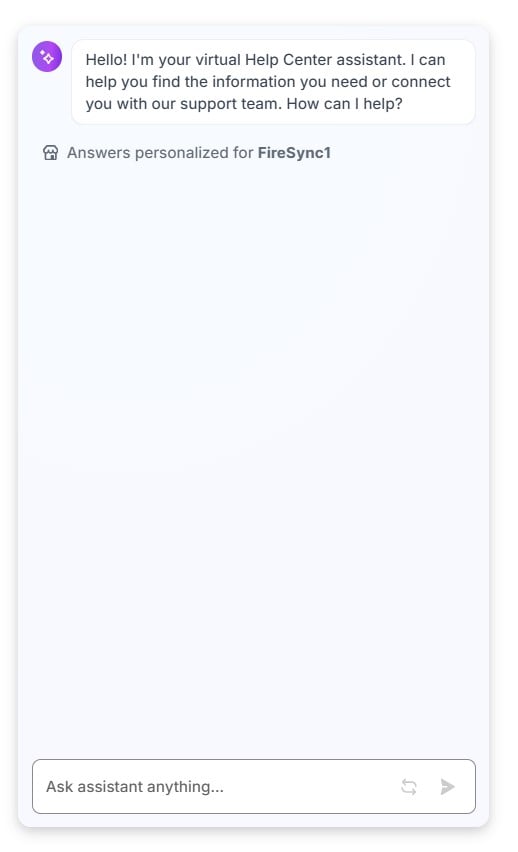
👉 Contact Shopify Support
Provide any details you have:
- The tracking number
- A photo of the shipping label
- Any transaction info or product details
4. Contact the Shipping Carrier
If you have a tracking number but no idea where it came from, reach out to the shipping carrier (e.g., USPS, UPS, DHL) and ask for delivery details or the shipper’s name (if available). They may have more internal data tied to that label than you can access online.
By following these steps, you can often uncover the origin of a Shopify-EP package, confirm whether it’s legit, and get help resolving any issues — whether it’s a lost package, an accidental order, or a suspicious delivery.
5. Address The Concerns
If you’re still unsure about the package’s origin, do the following:
- Proceed With Caution. Avoid opening the package until you have more information. If you didn’t order anything or if the package seems suspicious, consider leaving it unopened until you can verify its legitimacy.
- Return The Package. You have the option to return the order to the sender. This can be done either at your local post office or through the shipping carrier’s app. Please note that you may be responsible for covering the return shipping costs to the merchant or any shipping fees, as it happens with USPS Package Intercept.
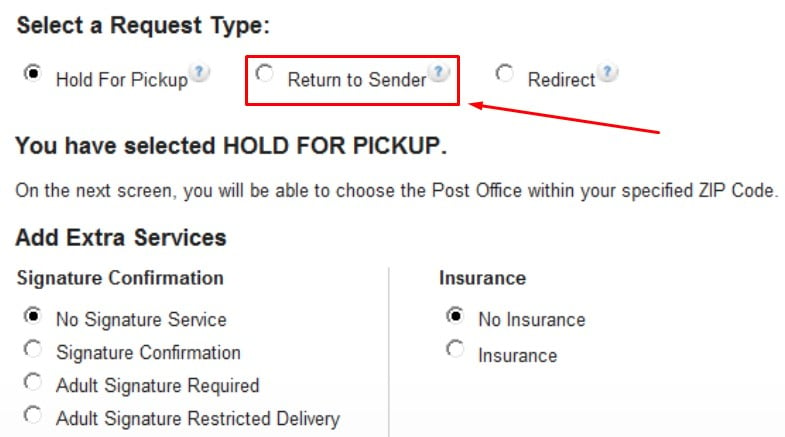
- Report to Local Authorities. If you believe the package is fraudulent, unsolicited, or otherwise suspicious, report it to local authorities or a postal inspector. They are equipped to investigate and take any necessary action to ensure your safety.
By following these steps, you can address any concerns related to a Shopify-EP tracking notification, identify the package’s source, and ensure that you handle the situation appropriately.
Shopify-EP in Popular Culture and TikTok Trends
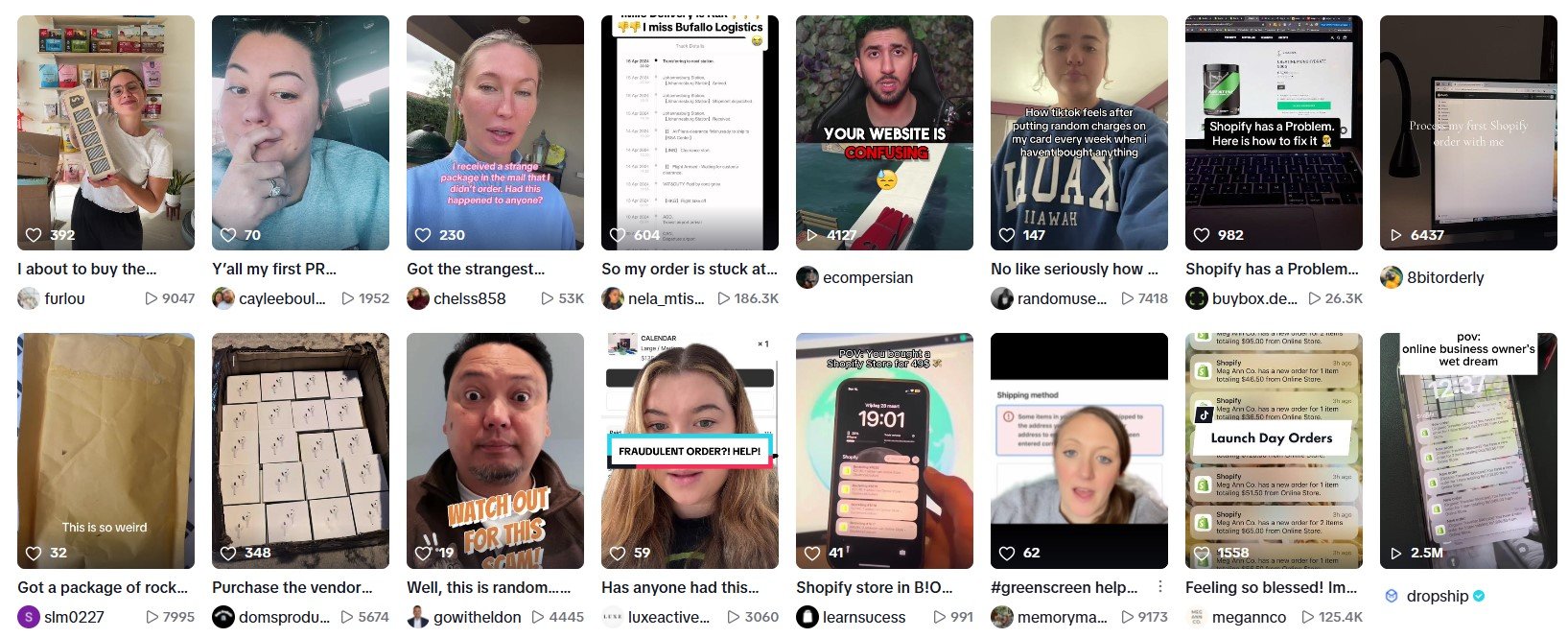
Over the past year, Shopify-EP has unexpectedly become a trending topic across TikTok, Reddit, and Shopify’s own forums. What started as a routine logistics label has now taken on a life of its own — fueling viral videos, conspiracy theories, and even jokes.
One viral example that made the rounds on TikTok involved users receiving packages labeled Shopify-EP containing nothing but a single pebble or other bizarre items. The situation became so popular that the phrase “package from Shopify-EP didn’t order anything” has become a TikTok search trend in its own right.
🎥 Explore the trend here: TikTok: Package from Shopify-EP didn’t order anything
Meanwhile, on the Shopify Community Forum, users have shared similar stories — receiving random, unordered items with no clear sender, fueling fears of scams, fake stores, and brushing schemes.
Why It Went Viral
- Mysterious branding: “Shopify-EP” sounds vague and unfamiliar.
- Lack of sender info: Users can’t trace the origin.
- Unexpected contents: From cheap trinkets to single pebbles, packages sparked confusion and humor.
- TikTok storytelling: Creators shared unboxing videos with dramatic or comedic reactions, amplifying engagement.
The Reality Behind the Trend
Despite the speculation, most of these packages are:
- Legitimate orders from Shopify merchants using global fulfillment partners,
- Or “brushing scams” — where sellers ship low-cost items to random addresses to fake activity.
In either case, Shopify-EP is not a scam — it’s just the label that happened to go viral.
The TikTok and Reddit buzz around Shopify-EP highlights how easily miscommunication in e-commerce logistics can go viral — especially when tracking info is vague or unbranded. While it might make for an entertaining story, most Shopify-EP packages are safe and traceable once you know where to look.
Final Words: Should You Worry About Shopify-EP?
By now, you should have a much clearer understanding of what Shopify-EP is, how to track your Shopify-EP package, and why this mysterious logistics label has stirred up confusion across TikTok and Reddit.
To recap:
- Shopify-EP is not a scam — it’s a logistics label used when merchants on Shopify ship products through fulfillment partners.
- You may receive a Shopify-EP tracking number for a totally legitimate reason — like a recent purchase, gift, subscription box, or delayed pre-order.
- Common issues like missing sender info, broken tracking links, or surprise packages can often be explained and resolved with a little investigation.
- And while some scams like brushing can use Shopify’s shipping network, Shopify-EP itself is not the bad actor — it’s just the route your package takes to your door.
If you ever find yourself holding a mysterious box marked Shopify-EP, take a deep breath. Check your email, review your transactions, and use the tools we’ve shared to trace it back to the source. In most cases, the mystery unravels quickly — and you’ll either rediscover an order you forgot about or catch a scam before it goes any further.
As viral TikToks and community posts show, you’re not alone in your confusion. But now that you know the Shopify-EP meaning, how it works, and how to track it, you’re one step ahead of the mystery.
Frequently Asked Questions About Shopify-EP
What is Shopify-EP?
Shopify-EP is a shipping label used by merchants who sell through Shopify and rely on Shopify’s global fulfillment partners. It indicates that your package is part of a Shopify-powered transaction, though the store name might not appear on the label.
What does EP stand for in Shopify-EP?
While Shopify hasn’t officially defined “EP,” most believe it stands for ePacket or Enhanced Processing, referencing the logistics and shipping methods used by Shopify merchants to deliver orders, often from overseas.
Why did I receive a package from Shopify-EP?
You likely made a purchase from a Shopify store, received a gift, subscribed to a recurring product, or placed a pre-order. If none of these apply, it could be an error or part of a brushing scam.
Can I return a Shopify-EP package?
Yes — but you’ll need to identify the store that shipped it. Check your email for confirmation messages, or look through recent transactions for store names. Returns are processed by the individual merchant, not Shopify itself.
How do I track a Shopify-EP package?
Use the Shopify-EP tracking number provided in your shipping confirmation email. You can enter it on popular shipping sites like USPS, UPS, DHL, or use a universal tracking tool like 17TRACK.
What if I didn’t order anything from Shopify-EP?
If you receive a Shopify-EP package you didn’t order, check with family or friends — it may be a gift. If not, it could be a shipping error or part of a brushing scam. Review your financial statements and contact Shopify or your shipping carrier if needed.
Is Shopify-EP a scam?
No, Shopify-EP is not a scam. It’s a logistics label used for packages shipped via Shopify’s fulfillment partners. However, some scammers may use the network to send unauthorized items, so always double-check any suspicious deliveries.
Can I contact Shopify for help with a Shopify-EP package?
Yes, you can reach out to Shopify Support if you suspect fraud or cannot identify the merchant. While Shopify doesn’t handle individual orders, their team can help point you in the right direction.
Why is there no store name on my Shopify-EP package?
Many merchants use third-party logistics services that print generic labels. That’s why your package may only show “Shopify-EP” instead of a brand or store name. Use your order confirmation email or bank transaction history to trace it.
What should I do if my Shopify-EP tracking number doesn’t work?
Wait 24–48 hours — tracking updates may be delayed. If it still doesn’t work, try using 17TRACK, or contact the seller directly. You can also check the Shop app if you used it during checkout.

Please enable JavaScript to view the comments powered by Disqus.






